A new Land Reform Bill is to be introduced this year.
Many people hope it will help more communities to become landowners.
If they do, they will have cause to thank events in Assynt 30 years ago that changed Scotland’s social landscape.
On February 1 1993, local crofters took the title of the North Assynt Estate on a landmark day for the land reform movement.
The trust set up to buy the land says it was “a historic date in the struggle to change the laws of land tenure in Scotland, to enable the ordinary people who live and work on the land to have some control over their own economic future”.
Assynt led the way
The achievement paved the way for other communities like Eigg, Gigha and Knoydart to become their own landlords.
In 1989, a strip of land comprising 21,300 acres and 13 townships was sold in three lots by owner Edmund Vestey for more than £1 million.
The buyer, a Scandinavian property company, subsequently went into liquidation in 1992.
There was a real prospect of the land being then broken into seven lots. A meeting was called and a proposal put forward for crofters to buy the land themselves.
Within three months a feasibility study and business plan had been put together. The Assynt Crofters’ Trust (ACT) was formed.
Two offers were rejected. A deal was finally agreed in December 1992, almost exactly six months after the first public meeting.
Bob Cook, who later became a trust director, remembers the meetings well.
He said: “It still sends shivers down my spine when I recall those meetings, when we decided to do the buyout and when the purchase was confirmed.
“It’s something you can never experience again because it was the first buyout.”
Crofters’ campaign caught public imagination
Half the purchase price of £300,000 was raised by the crofters and their supporters. The rest came from public agencies.
Andrew Thin was chief executive of the then Caithness and Sutherland Enterprise (CASE) at the time.
He was approached for support – both financial and political – by Bill Ritchie. Mr Ritchie and Allan MacRae were the leaders of the crofters’ campaign.
There was some sympathy within Highland and Islands Enterprise (HIE) that community ownership could address low confidence and a sense of disempowerment hampering economic development in the Highlands. It contributed £50,000 to the buyout.
There was less encouragement from Edinburgh-based civil servants.
But a well-organised campaign caught the imagination and the idea gained momentum.
Mr Thin, now chief executive of the Land Commission, said: “Although superficially community ownership had overtones of collectivism that were certainly not in tune with the times, we were in a post-Thatcher period when the idea of ‘bottom up’ driven growth and ‘individual initiative’ were gaining traction.
“Somehow, what the Assynt crofters were trying to do caught the public imagination in a favourable way and was seen by government to reflect that Thatcherite ‘spirit of enterprise’.”
Attitudes changed
The Assynt buyout changed attitudes towards how land is owned.
“It opened the dam and became the way forward for community land ownership”, said Mr Cook. “That wouldn’t have happened if we had not done it.”
He said ownership by ACT has been a success: “We are paying our way. We are employing people, we offer bursaries, we make ends meet and we don’t owe anybody anything.
“At first there were a lot of naysayers, telling us we would never make it.
“But we have and we made it on our own money. And every penny we earn is ploughed back into the trust.”
Income streams come from deer stalking and fishing, as well as wayleaves. Assynt Hydro will provide further income in future.
The trust hopes to use that for projects including building new houses. They might even buy the Stoer School building for community use.
Does Mr Cook think the new Land Reform Bill, expected by the end of this year, will lead to more community take-overs?
More scrutiny needed of land buyout plans
“Some community buyouts have been a great success, others perhaps not so successful.
“You’ve got to have a close-knit community prepared to work at it and give up an enormous amount of time to run it.
“It doesn’t always work, there is no doubt about that.
“I think there should be far more scrutiny at the feasibility study stage before we spend huge amounts of public money on it.
“It’s got to be viable and got to be a gain for the public.”
History repeating?
In its 30th anniversary year, the trust has floated the idea of a second community buyout, of the mountain Quinag, as one option to resolve a dispute with the John Muir Trust (JMT).
The trust objected to JMT being granted an out-of-season licence by NatureScot to cull deer which are said to be damaging woodland on Quinag.
It led JMT to claim the crofters’ trust is “a collection of individuals managing the land privately with a strong focus on sports shooting, which is a model more akin to private rather than community land ownership”.
In response, Mr Cook says: “We have never been just a sporting estate. We’re a crofting estate and have 130 people living here.”
One of those people is Adam Mulholland, 36, who moved to Assynt from Bristol in 2020 and now lives there with wife Anna and their teenage children.
The rope access technician said: “The benefits of being here are living in such a beautiful place with so much space.
“We also keep animals on our croft and sell produce locally which is something we couldn’t have done as easily in our previous locations.
“The main challenges are the distance and difficulty in getting materials, animal feed, taking animals away etc. All things that are taken for granted close to a large city.”
He wasn’t aware of the Assynt buyout at the time of moving. “But I think it’s very positive that the area is owned by the people.
“Having local control means that decisions are made by people who know what’s happening locally which can only be a good thing.”
Potential for more community purchases
There are now more than 700 areas of land or buildings in community hands across Scotland, amounting to 562,000 acres (2.9% of the total land area).
Andrew Thin says large-scale community ownership is fairly common in parts of the Highlands and Islands, but not elsewhere in the country.
However, he says there is huge potential in south and central Scotland.
“It will not be easy. Land values are astronomic and there is significant resistance. Increasingly the Scottish Government is finding other ways of regulating the power that goes with ownership of these properties.
“But I shall be surprised if community ownership does not continue to extend south and play its part in the future growth and vibrancy of our economy. Why wouldn’t it given what we now know?”
He added: “Too often communities persuade themselves that they don’t have the capacity to own and manage their own land.
“Community right to buy legislation can help, but this needs to be balanced against the rights of the property owner under human rights legislation.
“Probably the bigger challenges are those of community confidence on the one hand and public support/opinion on the other.”
Are you interested in more exclusive and breaking Highland and Islands news from the P&J? If so, why not join our dedicated Facebook page HERE
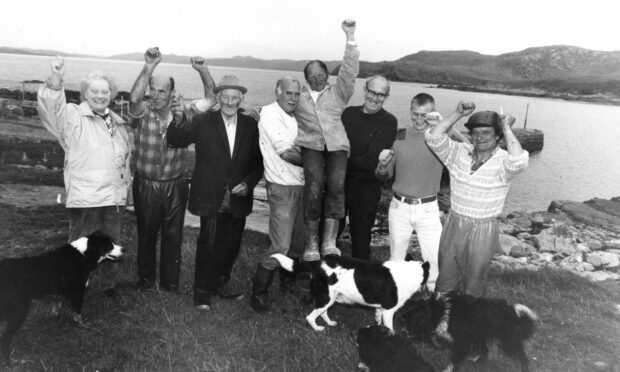

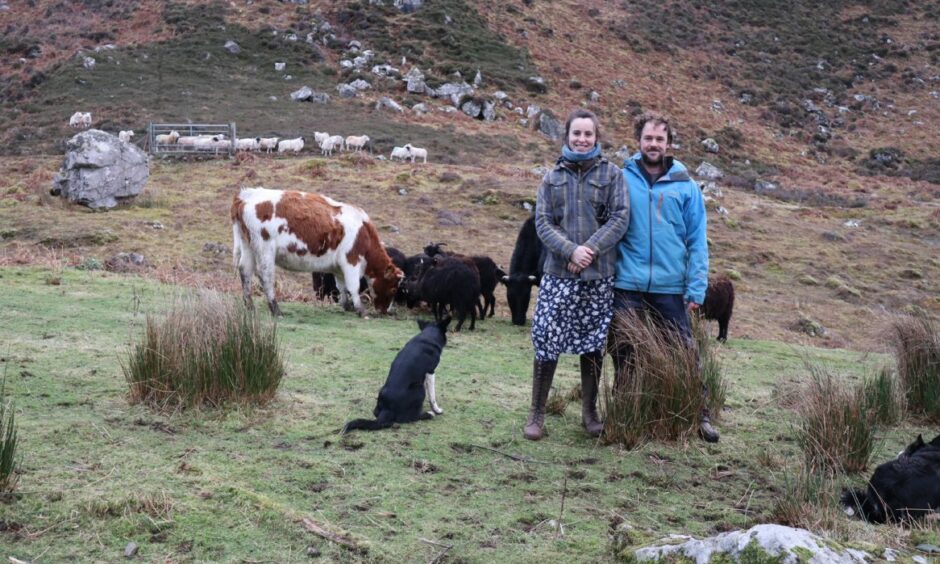

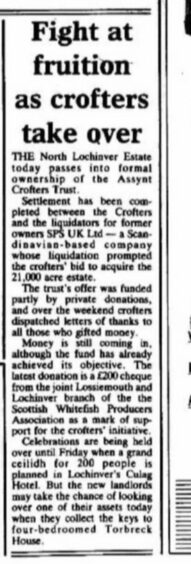


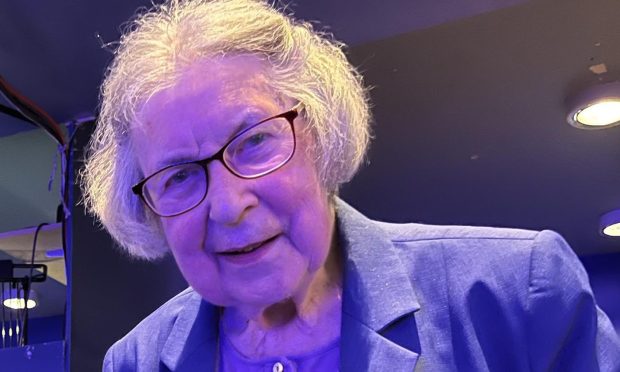
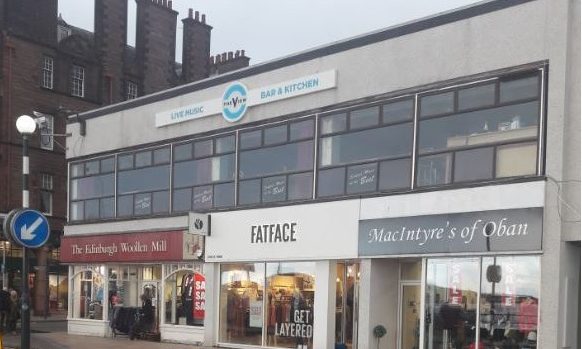
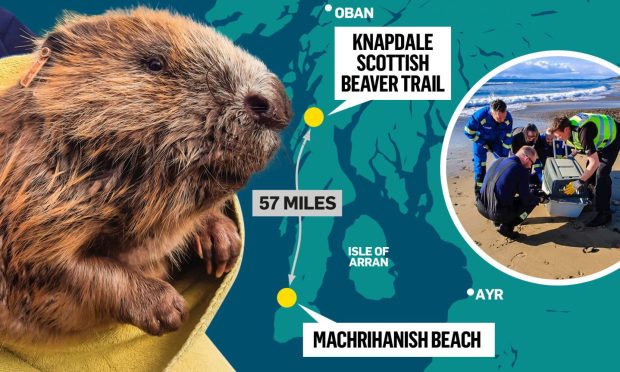
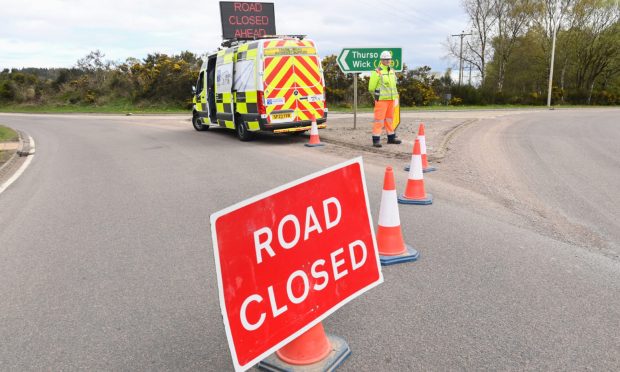



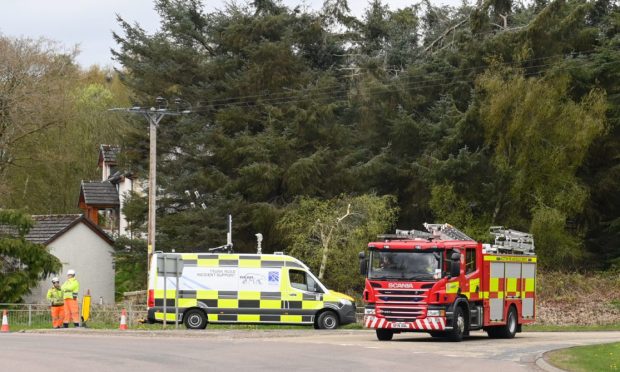

Conversation